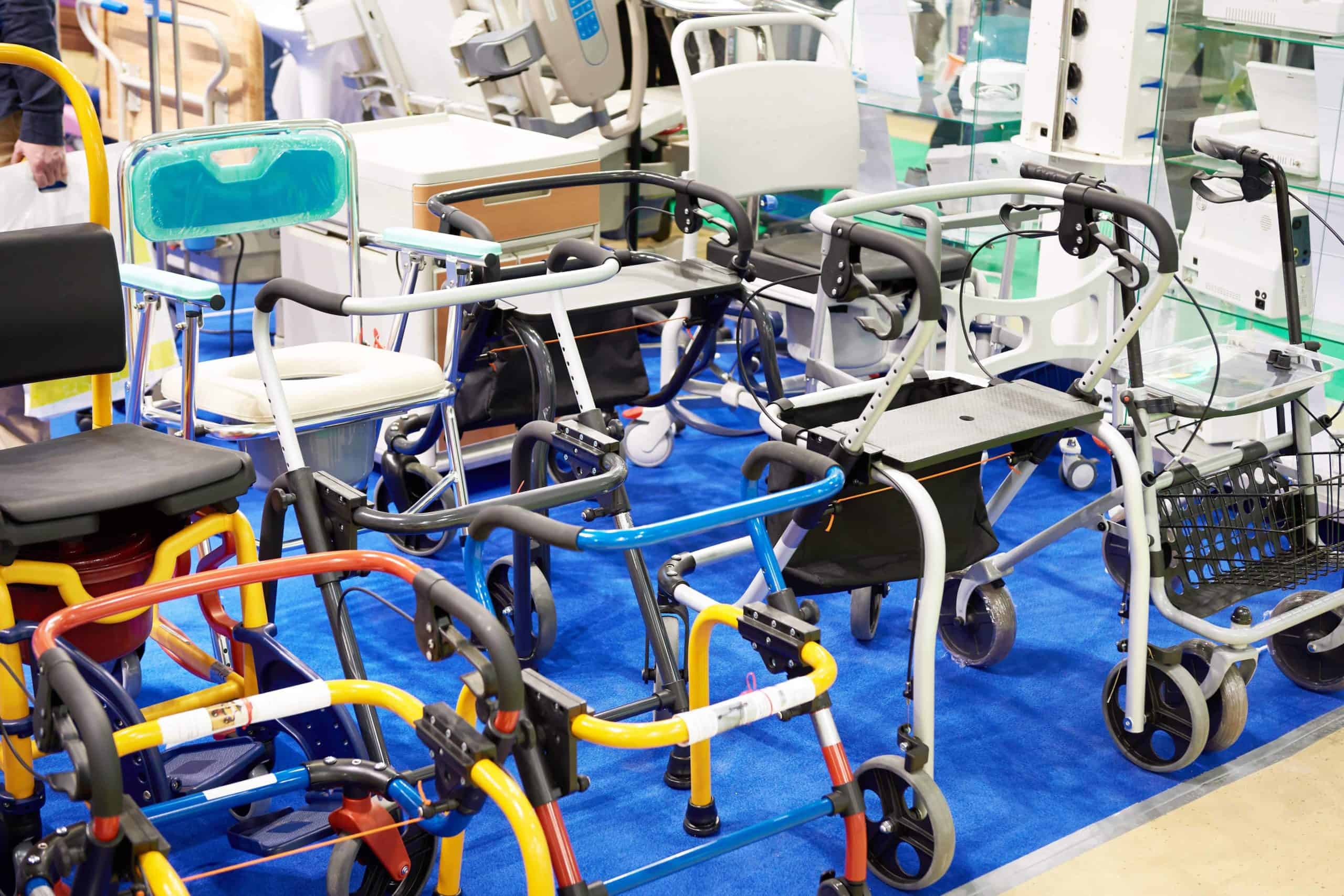
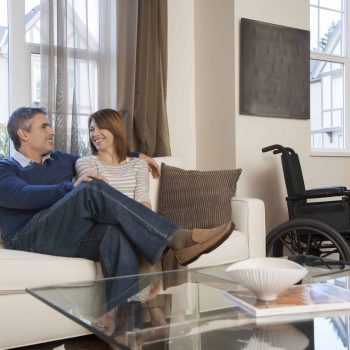
Mobility & Disability
What Are Common Mobility Issues In Old Age?
SonderCare Learning Center

SonderCare Learning Center
What Are Common Mobility Issues In Old Age? According to the Commonwealth Fund, two-thirds of Americans over age 65 require assistance with activities of daily living (ADL). According to Harvard Medical School instructor Dr. Suzanne Salamon, the effects of common mobility issues may be profound. Seniors may become increasingly isolated because they can’t go shopping or visit friends.
Relying on others to assist them causes many seniors to feel a loss of independence. These lifestyle changes make older adults more prone to depression.
Dr. Salamon also notes that a lack of mobility can lead to medical issues. Simple daily activities like bathing and using the bathroom become more difficult. Patients sometimes develop UTIs and infections.
In the beginning, an older person may notice that they cannot walk as far or stand for as long as usual. Older adults may feel less fit than they once were. It’s easy to mistake a lack of mobility for declining fitness levels at this stage.
The primary difference is in the remedy. If an older adult is unfit, an exercise program should help them regain their previous activity level. However, if the problem is a mobility issue, exercise might improve the symptoms but not necessarily reverse them.
Declining muscle strength is another sign of the onset of movement difficulties. For example, older adults may find it difficult to lift objects or even pull off a sweater. Navigating obstacles can become more of an effort.
Older people might find it harder to complete tasks that they’ve been accustomed to performing. For example, it may take them longer to walk to the corner store and back.
Other common symptoms include diminished dexterity and loss of balance. It may become more challenging for older adults to fasten buttons or stay upright, for example.
According to a 2013 review published on JAMA, there’s much that people can do to limit decline associated with aging:
According to a 2013 review published on NCBI, preventative action should start as early as possible to stand the best chance of success.
Older adults should watch for these signs:
The University of Alabama at Birmingham (UAB) Study of Aging Life-Space Assessment makes it simple to diagnose issues at home. People should seek advice if:
If an older adult believes they have mobility issues, they should seek professional advice. A medical practitioner will be able to rule out underlying causes for unsteadiness or dizzy spells and will be able to suggest exercises or aids to assist the person. A doctor may also recommend physical therapy or medication to address the symptoms.
Many people are unaware that they can do a great deal to improve their quality of life.
Walking sticks are small devices that can prove very helpful in the early stages of mobility issues. A walking stick is useful both in the home as well as when out and about. It can help steady someone with an unstable gait and provide leverage when climbing hills or stairs.
Clearing clutter from the floor will make it easier to move around the home. Residents should also consider fastening carpets and runners securely to the floor so that they won’t slip underfoot. Anti-slip mats in the bathtub and bathroom are also essential to prevent slips and falls.
Seniors who prefer to maintain their independence will find support and grab bars indispensable. A support bar makes it easier to climb stairs, while a grab bar makes it simpler to get into and out of the bath.
With advances in modern medicine, people today are living longer than ever before. SonderCare supplies North America with a range of beds, mattresses, and furniture for people who need a little assistance. The range includes:
For those with advanced problems, installing a chair lift can make managing the stairs more straightforward. A shower bench or chair will make showering safer for those who feel unsteady.
Common mobility issues may cause some discomfort during the golden years and might seem unavoidable. With care and the correct advice, however, older adults can now delay the onset of these problems. Regardless of what is causing those aches, pains, limited range of motion, and signs of stiffness, no one should allow themselves to feel incapacitated by mobility issues when a better quality of life awaits.
In seniors, reduced physical activity, obesity, decreased balance and coordination, and chronic conditions including diabetes and arthritis are all significant causes of physical limitations.
Maintaining an active lifestyle as well as a healthy weight and eating habits. Being aware of the side effects of medications. Identifying potential fall hazards in the home and consulting with a doctor about mobility aids and other home health equipment such as hospital beds.
Fatigue/low endurance, foot drop or dragging as well as deconditioning and tightness are major symptoms. There can also be signs of a specific weakening of the leg(s) and lower body.
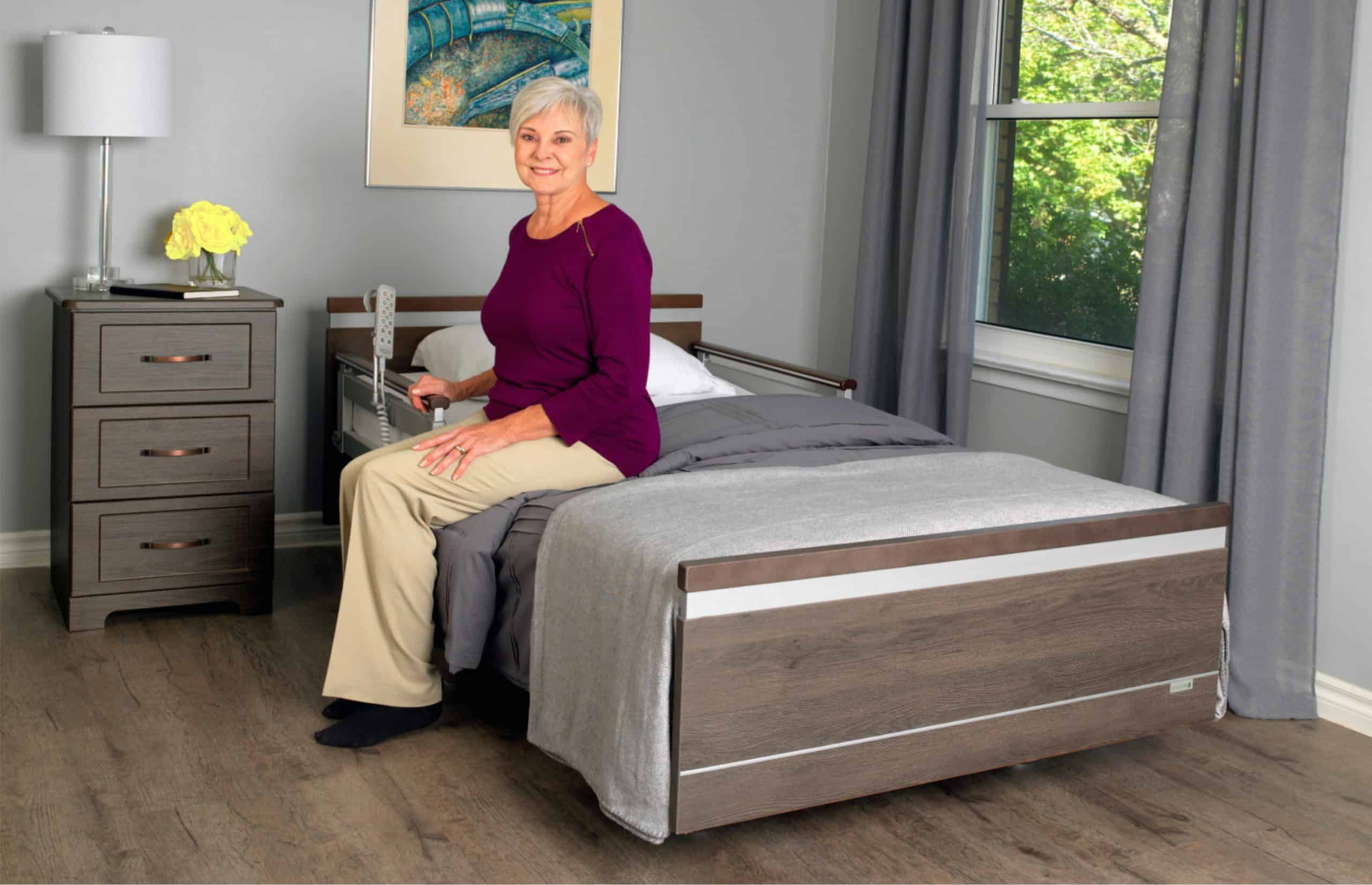
The SonderCare™ Bed is like nothing else on the market today. Designed to conform to the latest international standards, this product provides you with a sense of safety, comfort, and greater independence than standard flat or adjustable beds.
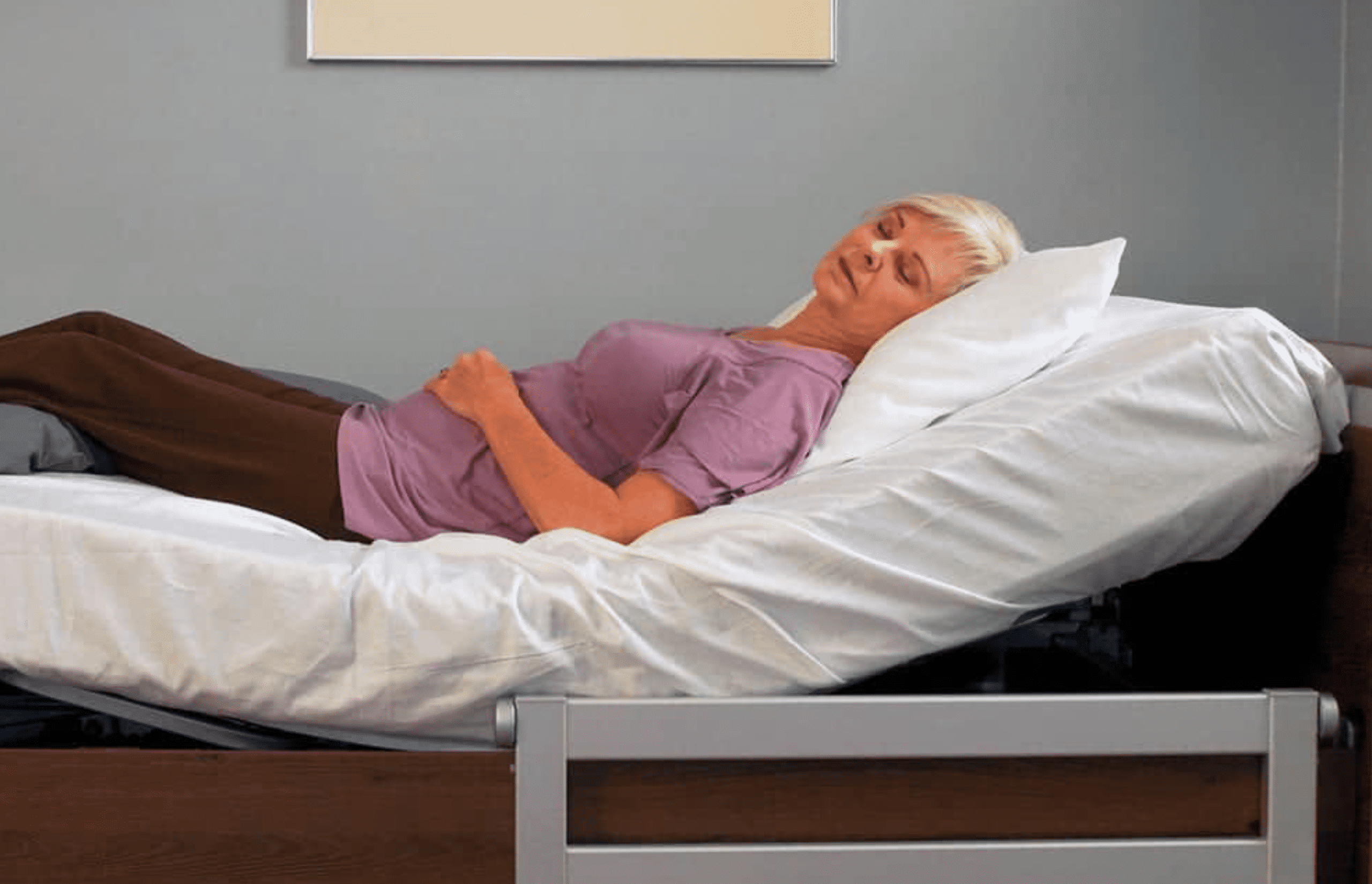
SonderCare offers the Comfort™ and Dream™ pressure reducing mattresses that provide exceptional comfort, support and durability for health care communities and home care settings.
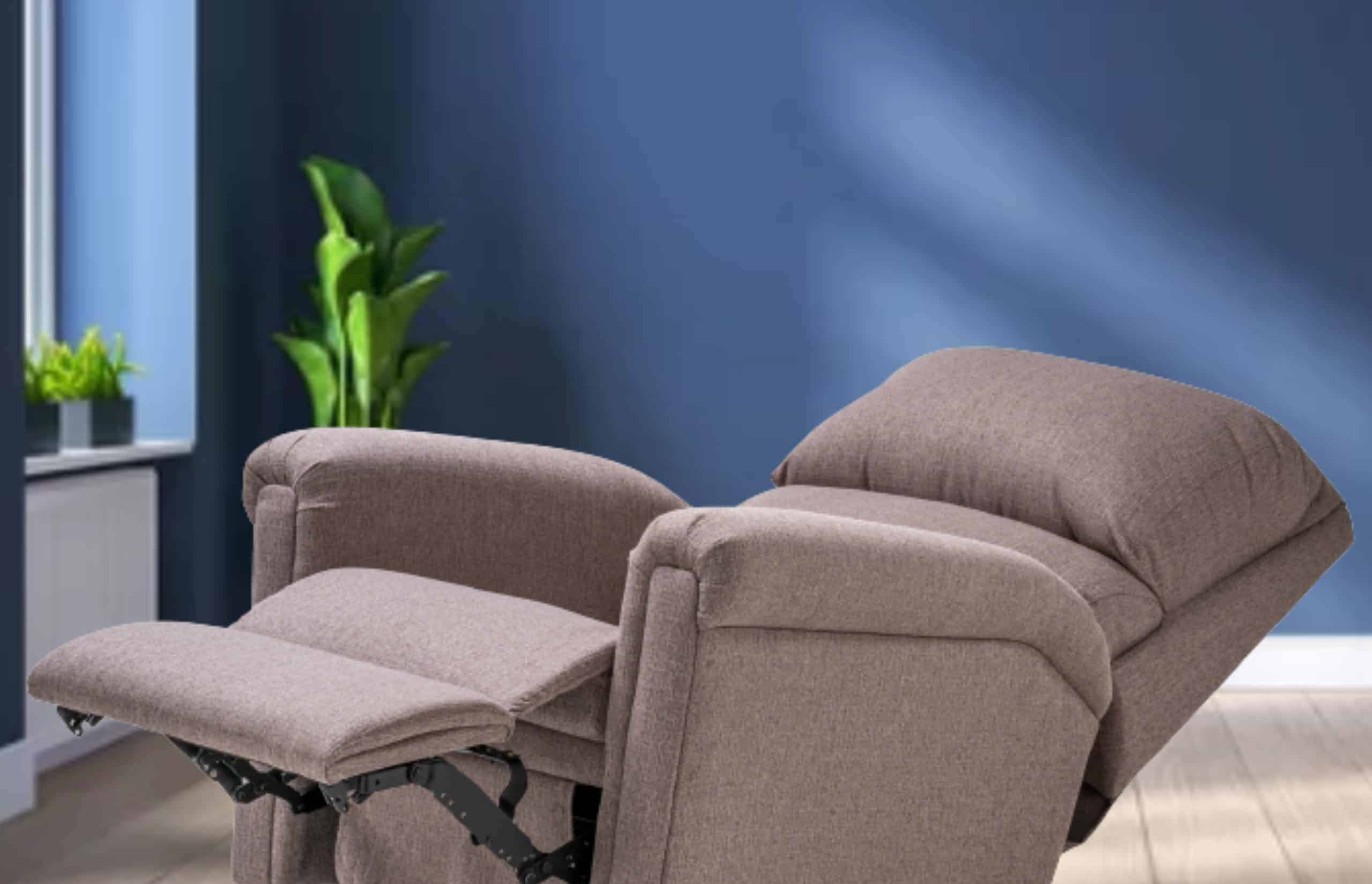
SonderCare’s fully-electric Rise & Recline Chair supports users in shifting from a sitting position, to fully reclining flat and then boosting up to standing when desired – this chair helps support comfort as well as safe mobility.

SonderCare’s fully-electric Rise & Recline Chair supports users in shifting from a sitting position, to fully reclining flat and then boosting up to standing when desired – this chair helps support comfort as well as safe mobility.
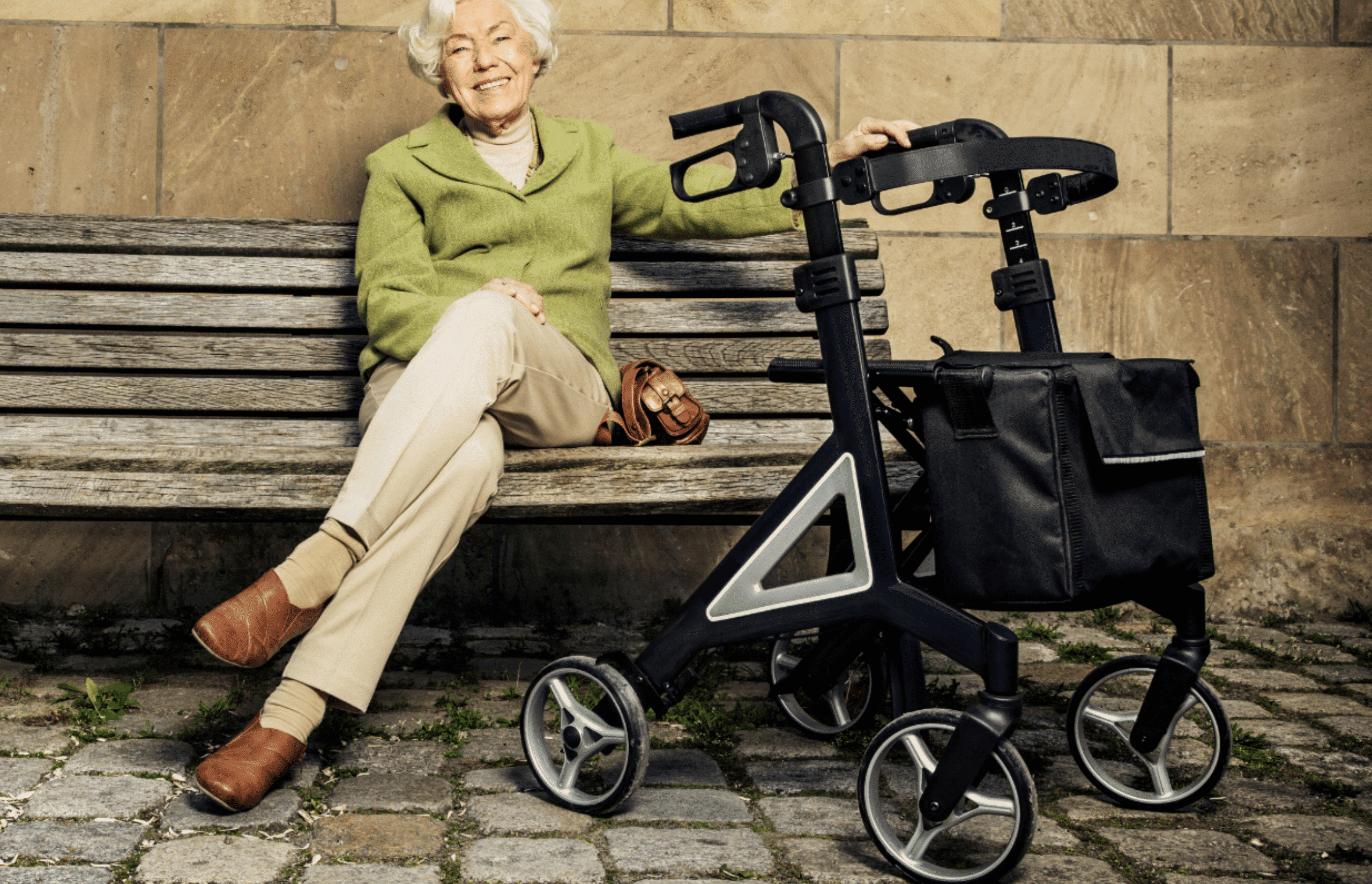
SonderCare premium rollators are the ultimate lightweight, ultra-stable rollators to keep you secure and comfortable in any setting. The Ultralight Carbon and the rugged Aluminum models are both ergonomically designed and adjustable to suit the needs of every user.
Start Exploring Mobility & Disability With SonderCare
Are you recently discharged from hospital, experiencing mobility issues, or in need of palliative or senior care? Enjoy a smoother recovery and get the luxury you deserve by choosing our home hospital products. Contact us today to discuss home hospital beds, mattresses, stand assist chairs and other accessories to make your home hospice perfect for a truly comfortable experience.
Are you looking for the most recent articles on physical disability resources? Browse our latest resources below and let us know if you have any questions. We’re here to support you as you embark on your road to home medical care.
Seeking The Best Care For Your Loved One?
Browse North America's Luxury
Mobility & Disability
Product Inventory